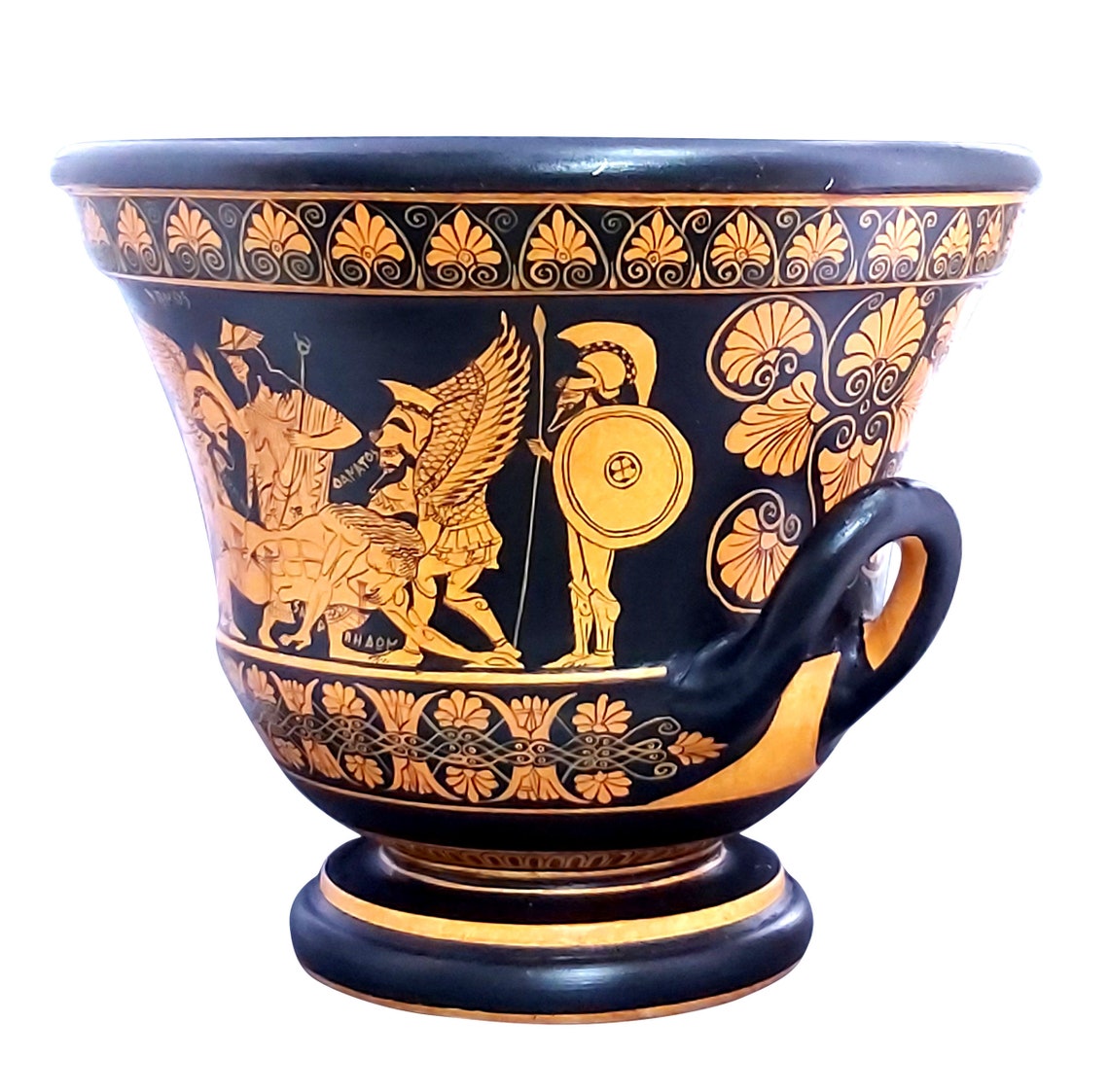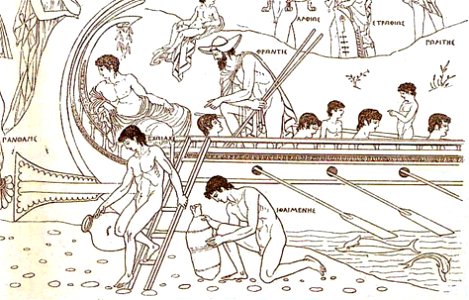



The free online edition of this open-access catalogue is available at Also available are free PDF, EPUB, and Kindle/MOBI downloads of the book, CSV and JSON downloads of the object data, and JPG downloads of the catalogue images. Among the works included are a significant dinoid volute krater and a volute krater with the Labors of Herakles that is attributed to the Kleophrades Painter. Paul Getty Museum and the first ever to be published open access-presents a selection of Attic red-figure column and volute kraters ranging from 520 to 510 BCE through the early fourth century BCE. This new fascicule of the CVA-the tenth issued by the J. Nearly four hundred volumes have been published since the first fascicule appeared in 1922. Cataloging some hundred thousand examples of ancient Greek painted pottery held in collections around the world, the authoritative Corpus Vasorum Antiquorum (Corpus of Ancient Vases) is the oldest research project of the Union Académique Internationale. This expansive catalogue of ancient Greek painted pottery brings an important series into the digital age with a new open-access format. Expand DescriptionĬorpus Vasorum Antiquorum, Fascicule 10: Athenian Red-Figure Column and Volute Kraters Athenian ceramic workers, she contends, learned from traders which shapes and imagery sold best to the Etruscans and employed a variety of strategies to maximize artistry, output, and profit. She marshals evidence to show that Etruscan consumers purposefully selected figured pottery that harmonized with their own local needs and customs, so much so that the vases are better described as etruscanized.

Using documented archaeological assemblages, especially from tombs in southern Etruria, Bundrick challenges the widely held assumption that Etruscans were hellenized through Greek imports. Thousands of Greek painted vases have emerged from excavations of tombs, sanctuaries, and settlements throughout Etruria, from southern coastal centers to northern communities in the Po Valley. Bundrick shifts attention to their Etruscan customers, ancient trade networks, and archaeological contexts. Most studies of these painted vases focus on the artistry and worldview of the Greeks who made them, but Sheramy D. A lucrative trade in Athenian pottery flourished from the early sixth until the late fifth century B.C.E., finding an eager market in Etruria.


 0 kommentar(er)
0 kommentar(er)
